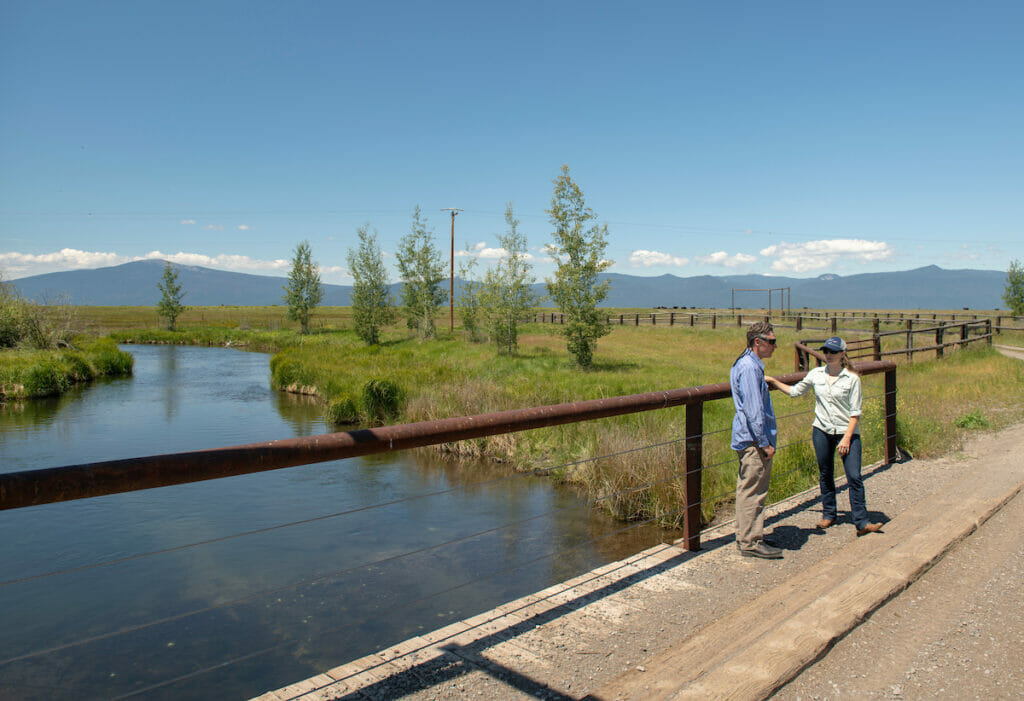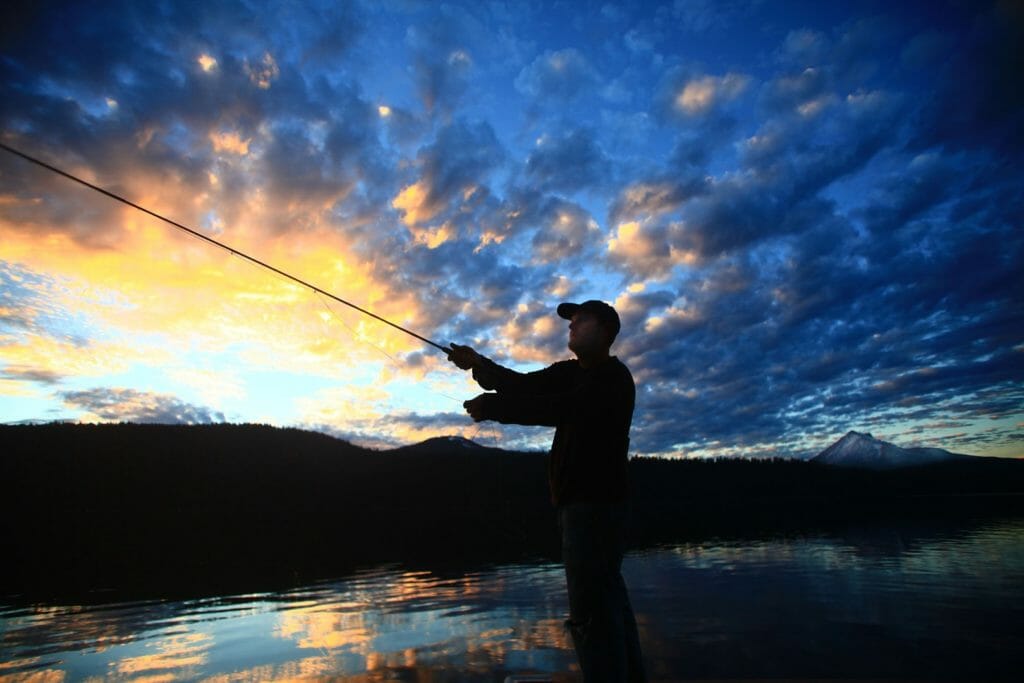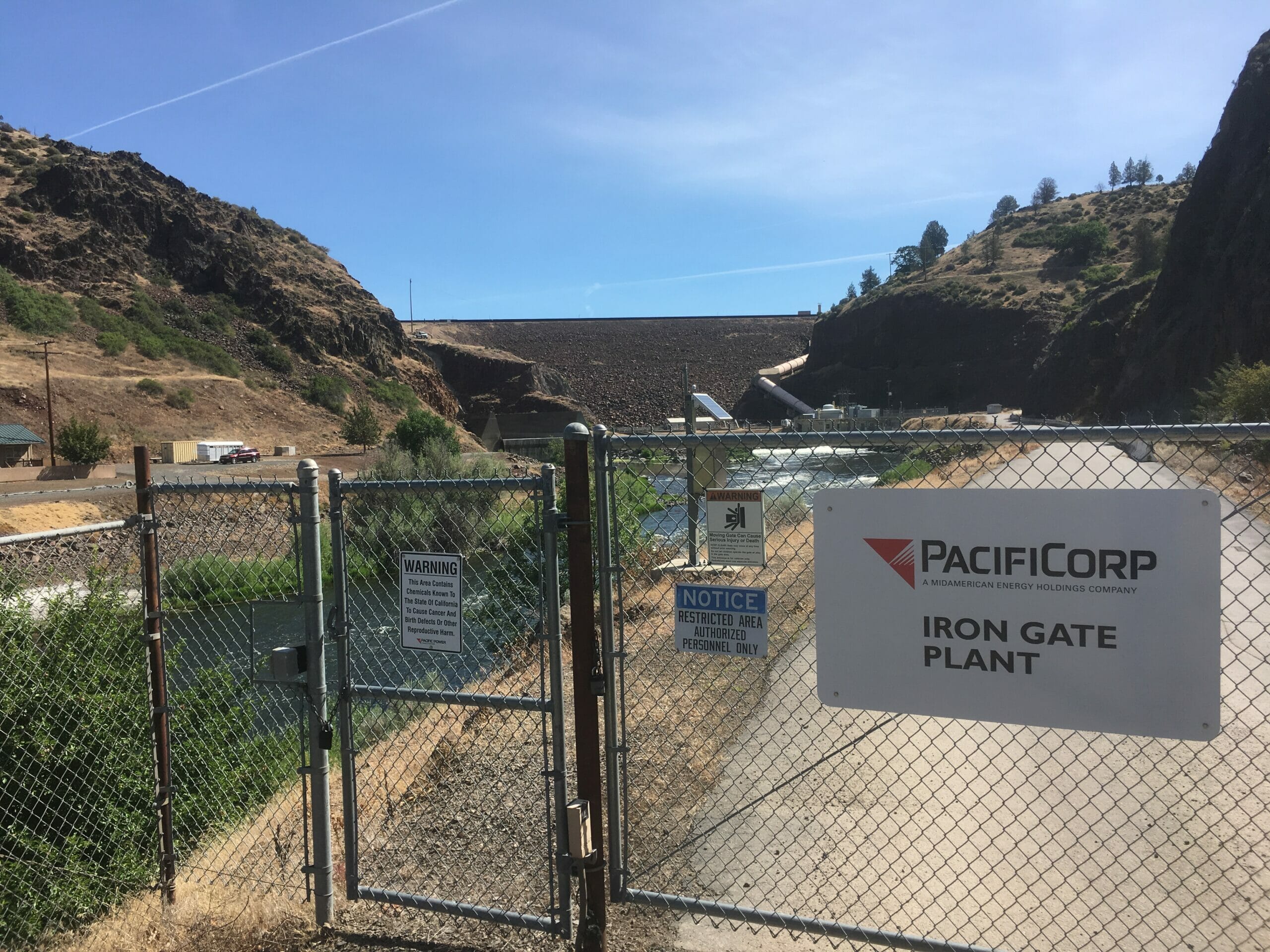The Klamath River is one of the country’s most beleaguered watersheds. This summer, wildfire, extreme drought, and poor water quality — all exacerbated by climate change — are causing severe hardship for salmon and other native fishes, Tribal cultures and communities, agriculture and local economies.
But on July 27, the Oregon Public Utilities Commission provided some good news, when the agency formally approved an order granting transfer of the Lower Klamath Project (four dams and associated property) from the utility PacifiCorp to the Klamath River Renewal Corporation (KRRC).
Under the terms of the amended Klamath Hydroeletric Settlement Agreement (KHSA), once state and federal agencies that provide oversight of hydropower operations have all signed off on the agreement’s full implementation, the operating license can be transferred and the KRRC can begin to decommission (remove) the dams.
Trout Unlimited is a signatory to the KHSA and has played a major role in negotiating this and other water sharing and management agreements in the Klamath basin, as well as spearheading restoration in the upper watershed to improve fish passage and water quality.
The Oregon PUC’s action follows similar approvals from utility commissions in California, Idaho, and Wyoming. All the required state regulatory reviews have now been completed for the Klamath dams to be transferred consistent with the settlement agreement.

Brian Johnson, TU’s California Director and, along with TU’s Oregon Director Chrysten Lambert, a key voice in the Klamath Basin, said state utility commission approvals of the transfer affirm that dam removal under the KHSA remains a good outcome for PacifiCorp’s ratepayers.
“The Oregon PUC’s approval of the project transfer to the KRRC represents yet another step forward in the long campaign to restore the Klamath River and resolve chronic water challenges in the basin,” said Johnson. “We have never been closer to achieving one of the primary goals of the KHSA—to remove the four old fish-blocking dams and re-open some 400 miles of good habitat to native salmon and steelhead.”
Mark Rogers, chair of TU’s Oregon Council, recently published an opinion editorial in the Bend Bulletin describing the impact of the dams on the Klamath’s legendary salmon and steelhead fisheries. Removing the four dams is the highest priority action in the collaborative effort to bring back the Klamath’s salmon and steelhead runs, which were once the third largest on the West Coast but which have declined so to the point that Tribal and commercial fish harvest have been prohibited.
The final step needed to proceed with dam removal is the Federal Energy Regulatory Commission’s approval of the application to “surrender” (abandon) the operating license for the Lower Klamath Project and to decommission the dams. FERC has begun the scoping phase of the planning process required to render that approval.

You can submit comments in support of the surrender-and-decommission application here (must be submitted by August 19). You may wish to include the following points:
- The environmental record for dam removal is complete and straightforward. It is clear that dam removal is the best outcome for ratepayers and provides significant benefits for the Klamath River and the people who depend on it.
- A vast array of studies have been compiled over the past 20 years to help FERC understand the environmental impact of dam removal. These studies are already part of the public record.
- Multiple environmental planning documents have already been prepared consistent with the National Environmental Policy Act (NEPA) and the California Environmental Quality Act (CEQA).
- Altogether, these materials give FERC all the information it needs to make an informed decision about dam removal.
- Time is of the essence for restoring the Klamath River and the fisheries, cultures, and communities that depend on it. FERC should conclude its work on this process and approve dam decommissioning as quickly as possible.



